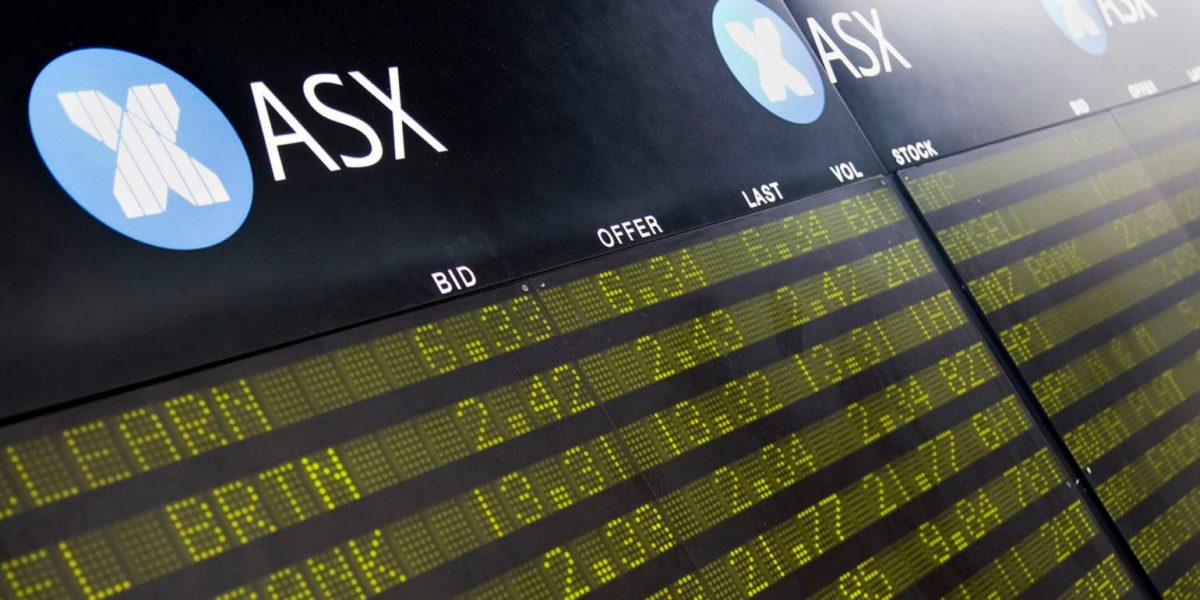Split personality the dual attraction for the quoted fund
The listing on the ASX this month of the Magellan Group’s Airlie Australian Share Fund as the first “Quoted Fund” – the first dual unlisted unit trust and active exchange-traded fund (ETF) structure in one listed unit – has been cited as a game-changer in many respects, with the primary emphasis being on its benefit to fund managers.
Investors having the choice in how they access the fund, and being able to change that access point, will certainly streamline operations for the fund manager; and in particular, those with already-listed funds, in the LIC/LIT sector. Research house Independent Investment Research (IIR) believes that these managers will look to convert to an active ETF or Quoted Fund structure; with any new listed fund including in its constitution the ability to take this route.
In particular, says IIR, “it is incumbent on all boards and investment managers of equities LICs that have not shown an ability to capitalise on the single greatest benefit of a closed-ended vehicle, captive capital, and which have traded at a persistent and material discount to NTA (the vast majority) to initiate a review of potential conversion,” to at least an active ETF structure, if not the Quoted Fund.
“All key stakeholders benefit from the development of the Quoted Fund, says IIR senior analyst Rodney Lay. “For fund managers, they are able to offer the same benefits of dual funds to investors, without the duplicate cost structures: fund managers can save in the vicinity of $150,000 a year by consolidating dual funds into
 a single product. More importantly though, where a fund manager has only offered an unlisted unit trust, they are adding a highly prospective additional distribution channel,” says Lay.
For advisors, Lay says the development provides more choice in portfolio construction (as some advisers and investors only use listed, others largely unlisted): it potentially removes the administration burden of unlisted unit trust investments and, in doing so, allows advisers to spend more time focusing on providing strategic advice with respect to a client’s desired investment outcomes – which, of course, is paramount in a post-Hayne Royal Commission world.
Investors benefit from having a more simplified view of their investments. “A key feature is ensuring investors can seamlessly move between SRN and HIN and vice versa,” says Lay. “Investors will be able to access an investment manager’s pool of assets through different entry points and then have the flexibility of moving their units between their brokerage account and the issuer sponsored sub-register.’
For brokers, the new product eliminates the need to build a bespoke 14-message system required for mFunds. “By making use of existing messaging tools, the demand to introduce low-return infrastructure is removed and thereby so too are the barriers to adoption. Brokers are able to buy units in the fund for a client as simply as if they were buying any other security listed on the ASX,” says Lay.
While Magellan’s Airlie Australian Share Fund is the first offering for this dual structure, Lay says there is “nothing stopping other fund managers pursuing this path” once they have developed the required infrastructure and expertise to manage the active ETF aspect and adhere to the ASIC guidelines. “We would suggest that all fund managers closely monitor the progress of AASF with respect to FUM growth, and which of the two channels that growth is coming from,” adds Lay.
The development could also be seen as a risk to platforms, says one adviser: “Advisers want a direct trading platform, and the Quoted Fund development, if it takes off, could speed-up the disintermediation of platforms.
“The base level of service from an ASX trading account is increasing – we can also give brokers the client’s TFN and banking details – and all of that is putting pressure on the benefits and value of paying for a platform. As more funds move to the ASX, the advisers look at platform fees and increasingly ask, ‘what benefit to clients get for those?’ Either the benefits of being on a platform have to increase, or the fees have to come down, if the ASX as a platform gives more power to the investor and adviser,” says the adviser.
The ASX says the exchange is not trying to compete with platforms – but does want to offer more choice. The exchange’s view is that it comes down to the structure and the type of client, and to the adviser’s requirement to know their client. In terms of holding ASX-quoted securities, that goes straight on the client’s HIN. A platform, however, sits under an ‘omnibus’ structure: if the client is OK going into that, and the adviser wants to put that client for specific reasons – for example, reporting – into a platform, the advisers will do that. But in the case of SMSFs, a lot of clients require their name on the title. The exchange’s view is that it is then a different space, due to the different structure, and the adviser will choose the best method that suits their client.
Will Davidson, CEO at Powerwrap, is unfazed. “We heard exactly the same hype surrounding the launch of mFunds, and what that might do to platforms. ASX transactions are settled on a T+2 basis – we transact and settle managed funds daily, through Clearstream, which is as efficient, if not more efficient, than the ASX.”
The platform menu will always be more diverse, he says. “For instance, we currently have more than 1,500 existing managed funds on the platform and access to thousands more, that are PDS-based funds – it’s highly unlikely that all of those thousands of funds would move into a Quoted Fund structure. We already provide access to every LIC and LIT, regardless, as well as all the managed funds; we’re agnostic as to the vehicle. We even go a step further and have funds that have no PDS, so one, they could never be listed, and two, you could never access them on any other platform, because there’s no PDS, even if there is an IM. We will transact on that on behalf of the client.”
Ultimately, says Davidson, the Quoted Fund should be seen as another vehicle offering choice for investors; and a good mechanism to create efficiencies for fund managers. “Hopefully they pass that through to investors through a lower MER,” he says.











